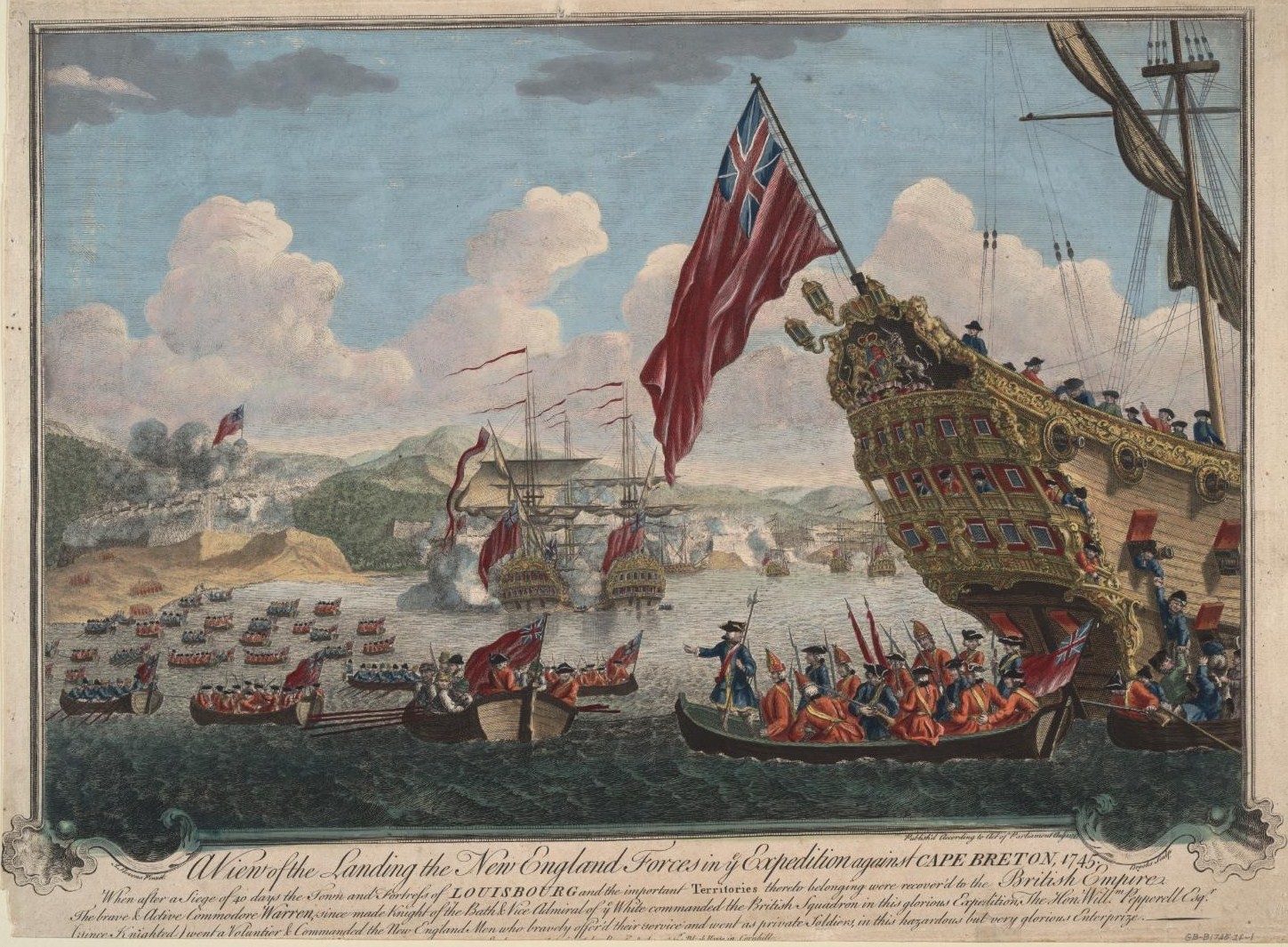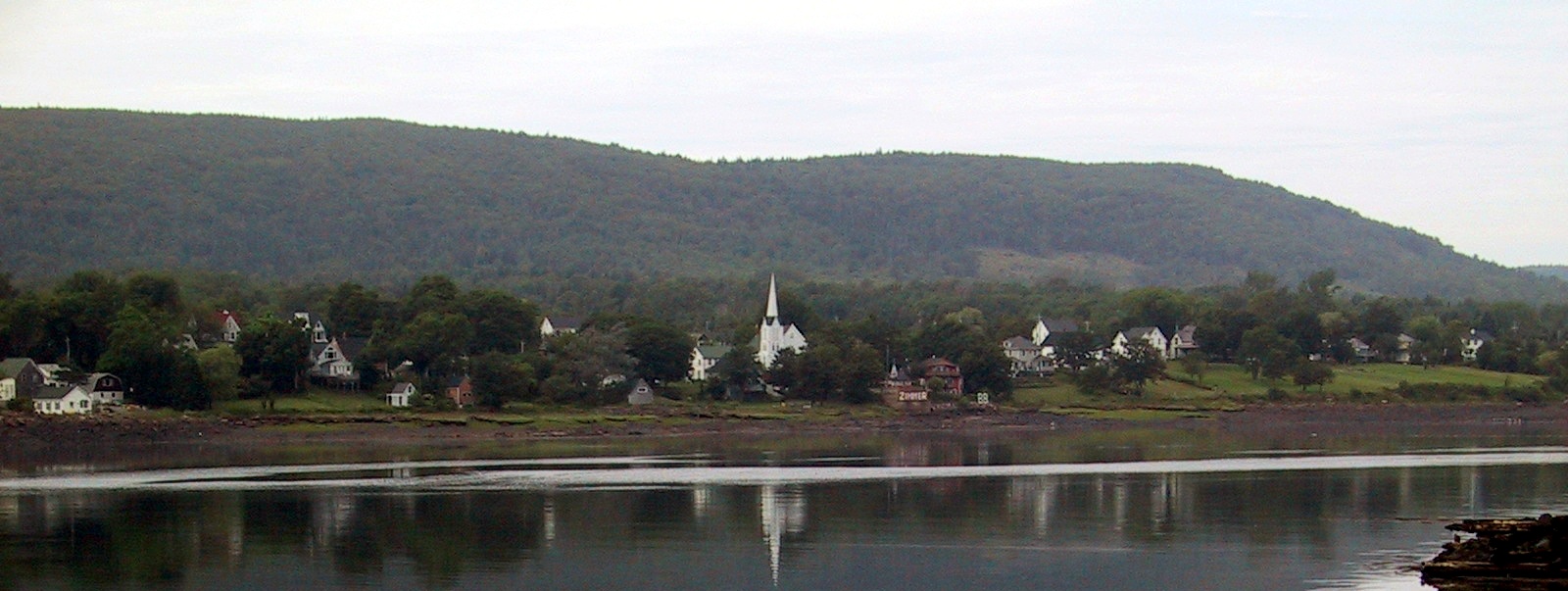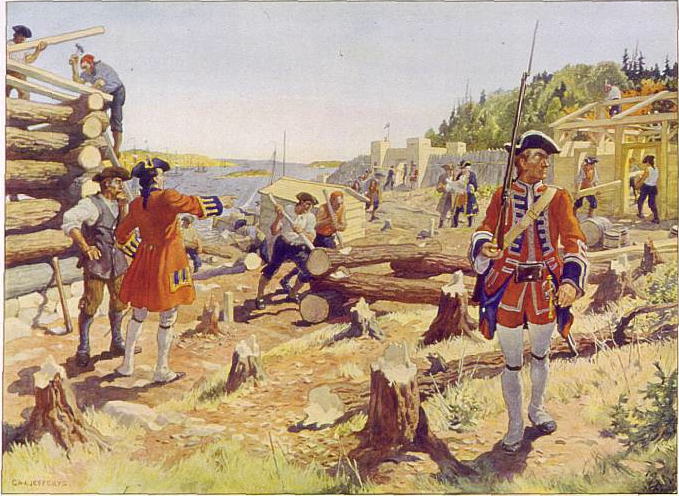|
John Thomas (American General)
John Thomas (1724 – 2 June 1776) was an American doctor and soldier from Massachusetts who became a major general in the Continental Army. He was a leader during the siege of Boston. Thomas briefly commanded the withdrawal from Canada after the unsuccessful invasion by the Continental Army. He died from smallpox during the retreat. Thomas was born in Marshfield, Massachusetts. As a young man he studied medicine with Doctor Tufts in Medford before beginning his own practice in Kingston. He was married to Hannah Thomas with whom he had two sons and a daughter. Colonial wars During King George's War in 1746 he was appointed surgeon to a regiment bound for Annapolis Royal in Nova Scotia. Liking military service, in 1747 he traded his post as surgeon for that of a lieutenant. In 1755 he served as surgeon in General William Shirley's regiment. By the time of the French and Indian War he had risen to colonel in the militia or provincial ranks. He served in Nova Scotia a ... [...More Info...] [...Related Items...] OR: [Wikipedia] [Google] [Baidu] |
Marshfield, Massachusetts
Marshfield is a town in Plymouth County, Massachusetts, United States, on Massachusetts's South Shore. The population was 25,825 at the 2020 census. It includes the census-designated places (CDPs) of Marshfield, Marshfield Hills, Ocean Bluff-Brant Rock, and Cedar Crest, and shares the Green Harbor CDP with the town of Duxbury. History Geography Marshfield is located on the South Shore, about where Cape Cod Bay meets Massachusetts Bay. According to the United States Census Bureau, the town has a total area of 31.74 square miles (82.2 km), of which 28.46 square miles (73.7 km) is land and 3.28 square miles (8.5 km) (10.33%) is water. Marshfield is bordered by Massachusetts Bay to the east, Duxbury to the south and southeast, Pembroke to the west, Norwell to the northwest, and Scituate to the north and northeast. Marshfield is east of Brockton and southeast of Boston. Marshfield is named for the many salt marshes which border the salt and brackis ... [...More Info...] [...Related Items...] OR: [Wikipedia] [Google] [Baidu] |
Major General
Major general (abbreviated MG, maj. gen. and similar) is a military rank used in many countries. It is derived from the older rank of sergeant major general. The disappearance of the "sergeant" in the title explains the apparent confusion of a lieutenant general outranking a major general, whereas a major outranks a lieutenant. In the Commonwealth of Nations, Commonwealth and in the United States, when appointed to a field command, a major general is typically in command of a Division (military), division consisting of around 6,000 to 25,000 troops (several regiments or brigades). It is a two-star general, two-star rank that is subordinate to the rank of lieutenant general and senior to the rank of brigadier or brigadier general. In the Commonwealth, major general is equivalent to the navy rank of rear admiral. In air forces with a separate rank structure (Commonwealth), major general is equivalent to air vice-marshal. In some countries including much of Eastern Europe, major ... [...More Info...] [...Related Items...] OR: [Wikipedia] [Google] [Baidu] |
Plymouth County, Massachusetts
Plymouth County is a county in the U.S. state of Massachusetts, south of Boston. As of the 2020 census, the population was 530,819. Its county seats are Plymouth and Brockton. In 1685, the county was created by the Plymouth General Court, the legislature of Plymouth Colony, predating its annexation by the Massachusetts Bay Colony. Plymouth County is part of the Boston–Cambridge–Newton, MA–NH Metropolitan Statistical Area. Geography According to the U.S. Census Bureau, the county has a total area of , of which is land and (40%) is water. It is the third-largest county in Massachusetts by total area. Adjacent counties The towns of Hingham and Hull in Plymouth County extend north of Norfolk County and face onto Massachusetts Bay, sharing a northern water boundary with Suffolk County. * Norfolk County (north) *Barnstable County (southeast) * Bristol County (west) National protected area * Boston Harbor Islands National Recreation Area (part) * Massasoit National W ... [...More Info...] [...Related Items...] OR: [Wikipedia] [Google] [Baidu] |
Montreal Campaign
The Montreal Campaign, also known as the Fall of Montreal, was a British three-pronged offensive against Montreal which took place from July 2 to 8 September 1760 during the French and Indian War as part of the global Seven Years' War. The campaign, pitted against an outnumbered and outsupplied French army, led to the capitulation and occupation of Montreal, the largest remaining city in French Canada. Under the overall direction of Jeffery Amherst, British forces numbering around 18,000 men converged on Montreal starting in July from three separate directions. One under Amherst moved in from Lake Ontario, the other under James Murray moved from Québec and the third under William Haviland moved from Fort Crown Point. After capturing French positions and outposts along the way all three forces met up and surrounded Montreal. Many Canadiens deserted or surrendered their arms to British forces while the native allies of the French began to negotiate peace treaties and alliances wi ... [...More Info...] [...Related Items...] OR: [Wikipedia] [Google] [Baidu] |
Jeffery Amherst, 1st Baron Amherst
Field Marshal Jeffery Amherst, 1st Baron Amherst, (29 January 1717 – 3 August 1797) was a British Army officer and Commander-in-Chief of the Forces in the British Army. Amherst is credited as the architect of Britain's successful campaign to conquer the territory of New France during the Seven Years' War. Under his command, British forces captured the cities of Louisbourg, Quebec City and Montreal, as well as several major fortresses. He was also the first British Governor General in the territories that eventually became Canada. Numerous places and streets are named for him, in both Canada and the United States. Amherst's legacy is controversial due to his expressed desire to exterminate the race of indigenous people during Pontiac's War, and his alleged gifting of blankets infected with smallpox as a weapon, notably at the Siege of Fort Pitt. This has led to a reconsideration of his legacy. In 2019, the city of Montreal removed his name from a street, renaming it Rue At ... [...More Info...] [...Related Items...] OR: [Wikipedia] [Google] [Baidu] |
Provincial Troops In The French And Indian Wars
Provincial troops were military units raised by colonial governors and legislatures in British North America for extended operations during the French and Indian Wars. The provincial troops differed from the militia, in that they were a full-time military organization conducting extended operations. They differed from the regular British Army in that they were recruited only for one campaign season at the time. These forces were often recruited through a quota system applied to the militia. Officers were appointed by the provincial governments. During the eighteenth century militia service was increasingly seen as a prerogative of the social and economic well-established, while provincial troops came to be recruited from different and less deep-rooted members of the community. The first provincial forces in British North America were organized in the 1670s. The major operations during King William's War were conducted by provincial troops from Massachusetts Bay. During Queen Anne's ... [...More Info...] [...Related Items...] OR: [Wikipedia] [Google] [Baidu] |
William Shirley
William Shirley (2 December 1694 – 24 March 1771) was a British Army officer and colonial administrator who served as the governor of the British American colonies of Massachusetts Bay and the Bahamas. He is best known for his role in organizing the successful capture of Louisbourg during King George's War, and for his role in managing military affairs during the French and Indian War. He spent most of his years in the colonial administration of British North America working to defeat New France, but his lack of formal military training led to political difficulties and his eventual downfall. Politically well connected, Shirley began his career in Massachusetts as advocate general in the admiralty court, and quickly became an opponent of Governor Jonathan Belcher. He joined with Belcher's other political enemies to bring about Belcher's recall, and was appointed Governor of Massachusetts Bay in Belcher's place. He successfully quieted political divisions within the province, ... [...More Info...] [...Related Items...] OR: [Wikipedia] [Google] [Baidu] |
Nova Scotia
Nova Scotia ( ; ; ) is one of the thirteen provinces and territories of Canada. It is one of the three Maritime provinces and one of the four Atlantic provinces. Nova Scotia is Latin for "New Scotland". Most of the population are native English-speakers, and the province's population is 969,383 according to the 2021 Census. It is the most populous of Canada's Atlantic provinces. It is the country's second-most densely populated province and second-smallest province by area, both after Prince Edward Island. Its area of includes Cape Breton Island and 3,800 other coastal islands. The Nova Scotia peninsula is connected to the rest of North America by the Isthmus of Chignecto, on which the province's land border with New Brunswick is located. The province borders the Bay of Fundy and Gulf of Maine to the west and the Atlantic Ocean to the south and east, and is separated from Prince Edward Island and the island of Newfoundland by the Northumberland and Cabot straits, ... [...More Info...] [...Related Items...] OR: [Wikipedia] [Google] [Baidu] |
Annapolis Royal, Nova Scotia
Annapolis Royal, formerly known as Port Royal, is a town located in the western part of Annapolis County, Nova Scotia, Canada. Today's Annapolis Royal is the second French settlement known by the same name and should not be confused with the nearby 1605 French settlement at the Port-Royal National Historic Site also known as the Habitation. In 1629 Scottish settlers established Charles Fort at a new location, but it was ceded to France in 1632 and became the second Port-Royal. This newer French settlement was renamed in honour of Queen Anne following the siege of Port Royal in 1710 by Britain. The town was the capital of Acadia and later Nova Scotia for almost 150 years, until the founding of Halifax in 1749. It was attacked by the British six times before permanently changing hands after the siege of Port Royal in 1710. Over the next fifty years, the French and their allies made six unsuccessful military attempts to regain the capital. Including a raid during the American R ... [...More Info...] [...Related Items...] OR: [Wikipedia] [Google] [Baidu] |
King George's War
King George's War (1744–1748) is the name given to the military operations in North America that formed part of the War of the Austrian Succession (1740–1748). It was the third of the four French and Indian Wars. It took place primarily in the British provinces of New York, Massachusetts Bay (which included Maine as well as Massachusetts at the time), New Hampshire (which included Vermont at the time), and Nova Scotia. Its most significant action was an expedition organized by Massachusetts Governor William Shirley that besieged and ultimately captured the French fortress of Louisbourg, on Cape Breton Island in Nova Scotia, in 1745. In French, it is known as the ''Troisième Guerre Intercoloniale'' or Third Intercolonial War. The Treaty of Aix-la-Chapelle ended the war in 1748 and restored Louisbourg to France, but failed to resolve any outstanding territorial issues. Causes The War of Jenkins' Ear (named for a 1731 incident in which a Spanish commander sliced off the ea ... [...More Info...] [...Related Items...] OR: [Wikipedia] [Google] [Baidu] |
Kingston, Massachusetts
Kingston is a coastal town in Plymouth County, Massachusetts, United States. The population was 13,708 at the 2020 census. History Before European settlers arrived, Kingston was within the tribal homeland of the Wampanoag people. Several years before the ''Mayflower'' had landed in Plymouth, during the Native American epidemic of 1616 to 1619, the Wampanoag population was severely damaged from a rapidly spreading pandemics due to earlier contacts with Europeans. Several ancient Native American burial sites have been located within the borders of Kingston. Originally part of Plymouth, Kingston was first settled by Europeans shortly after the landing of the Pilgrims at Plymouth Rock in 1620. It was settled once more in 1635. During 1675, several bloody battles during King Philip's War are believed to have occurred within Kingston's borders and the residence of Governor Bradford, which is now part of Kingston, was raided by Wampanoag warriors. In 1685, the area was placed with ... [...More Info...] [...Related Items...] OR: [Wikipedia] [Google] [Baidu] |
Medford, Massachusetts
Medford is a city northwest of downtown Boston on the Mystic River in Middlesex County, Massachusetts, United States. At the time of the 2020 U.S. Census, Medford's population was 59,659. It is home to Tufts University, which has its campus along the Medford and Somerville border. History Indigenous history Native Americans inhabited the area that would become Medford for thousands of years prior to European colonization of the Americas. At the time of European contact and exploration, Medford was the winter home of the Naumkeag people, who farmed corn and created fishing weirs at multiple sites along the Mystic River. Naumkeag sachem Nanepashemet was killed and buried at his fortification in present-day Medford during a war with the Tarrantines in 1619. The contact period introduced a number of European infectious diseases which would decimate native populations in virgin soil epidemics, including a smallpox epidemic which in 1633 which killed Nanepashemet's sons, sachems ... [...More Info...] [...Related Items...] OR: [Wikipedia] [Google] [Baidu] |









